What Is Yield Basis?
Definition And Overview
Yield basis refers to the annual return earned by an investor from a fixed-income security, accounting for purchase price, face value, and coupon payments. By expressing yield relative to cost, traders can compare instruments on a standardized scale. Yield basis is fundamental to bond analysis, aiding participants in assessing potential returns and relative value.
Historical Context
Initially, investors used simple yield calculations, often ignoring reinvestment or time value of money. As markets evolved, discount or premium factors and compounding effects became crucial. Yield basis grew central to bond desks and portfolio managers seeking precise return metrics.
How Yield Basis Works
Calculation Methodology
Yield basis involves dividing annual interest payments by the bond’s current market price. Expressed as a percentage, this simple formula (annual coupon ÷ market price × 100) offers a quick snapshot of income potential. More advanced measures account for time to maturity and capital gains.
Role Of Discount And Premium
Bonds trading below par carry higher yield basis since investors pay less than face value. Conversely, premium bonds reduce effective yield because they cost more upfront. This interplay reflects market interest rate shifts and issuer credit outlooks.
Types Of Yield Basis
Current Yield
Current yield equals annual coupon payments divided by market price. It is straightforward but ignores time to maturity and capital gains or losses.
Yield To Maturity (YTM)
YTM estimates the total annualized return if the bond is held to maturity and all coupons are reinvested at the same rate. It factors in current price, par value, coupons, and maturity timing.
Yield To Call (YTC)
YTC applies to callable bonds. It calculates return assuming the bond is redeemed at the first call date, using the call price in place of face value.
Yield On Cost (YOC)
YOC is based on the original purchase price rather than current market price. It suits long-term holders evaluating historical performance.
Bank Discount Yield
For zero-coupon instruments like T-bills, the bank discount yield is based on the discount from par over a 360-day year. It differs from measures that use actual days and coupon income.
Factors Influencing Yield Basis
Market Interest Rates
Central bank rate changes directly influence yields. Higher benchmark rates raise yields on new issuances, pushing existing bonds’ prices down and increasing their yield basis.
Credit Quality Of Securities
Credit ratings and bond spreads adjust yields based on default risk. Lower-rated issuers usually offer higher yields as compensation for greater risk.
Time To Maturity
Longer maturities often command higher yields to compensate for greater interest rate risk. A steep yield curve encourages investors to lengthen duration.
Economic Conditions
Inflation expectations, GDP growth, and geopolitical factors shape risk appetite. Safe-haven demand during uncertainty can lower government yields, compressing the yield basis.
Why Traders Should Care
Evaluating Fixed-Income Opportunities
Yield basis allows comparing potential returns across diverse bonds. It quickly reveals undervalued or overvalued securities, facilitating efficient scanning.
Risk-Return Tradeoff Analysis
Combining yield basis with duration and credit spreads provides insight on compensation per unit of risk. It underpins informed allocation decisions.
Portfolio Diversification
Diverse bonds with varying yield bases help balance income objectives and risk tolerance. Mixing maturities, sectors, and credit profiles enhances resilience.
Timing Trading Decisions
Shifts in yield curves guide traders on when to favor short- versus long-term instruments. Monitoring yield basis across maturities assists in strategic entry and exit points.
Limitations Of Yield Basis
Neglecting Capital Gains Or Losses
Current yield and bank discount yield do not account for price changes between purchase and redemption, potentially misrepresenting overall returns.
Sensitivity To Interest Rate Fluctuations
Sudden rate moves can distort yield impressions. Spikes in yields may create misleading signals until prices stabilize.
Incomplete Picture Of Investment Quality
High yields may indicate elevated default risk. Without thorough credit analysis, traders can mistake high yield for pure opportunity.
Yield Basis: Key Takeaways
- Yield basis provides a standardized metric for annual returns, facilitating comparisons between instruments.
- Different yield measures—current yield, YTM, YTC, YOC, bank discount yield—offer distinct insights, each suited to specific contexts.
- Market rates, creditworthiness, maturity, and economic climate drive yield basis dynamics.
- Traders leverage yield basis to gauge risk-return tradeoffs, optimize portfolio diversification, and time market entries. Despite its utility, yield basis should be complemented by capital-gain considerations and credit assessments to avoid misleading conclusions.
Understanding these nuances helps traders adapt to changing market dynamics Continuous monitoring is vital and navigate evolving fixed-income landscapes Stay informed!
FAQs
What Is Yield Basis?
Yield basis measures annual return on fixed-income securities relative to their price, enabling direct yield comparisons.
How Does Yield Basis Differ From Other Yield Measures?
Current yield focuses on coupon versus price, YTM incorporates reinvestment and time to maturity, and bank discount yield applies to zero-coupon bills with a 360-day basis.
Which Yield Basis Metric Is Most Useful For Traders?
YTM often offers the broadest perspective because it captures total return if held to maturity. Yet traders may use current yield or YTC for rapid analysis in specific contexts.
How Do Interest Rate Changes Impact Yield Basis?
Rising rates typically lower bond prices, raising yield basis; falling rates raise prices, lowering yields. Traders monitor economic indicators to anticipate these movements.
Can Yield Basis Predict Bond Price Movements?
Yield basis reflects current market sentiment but cannot alone forecast precise price changes. Moving yields result from rate shifts, credit events, and economic updates, so predictive accuracy is limited without complementary analysis.
